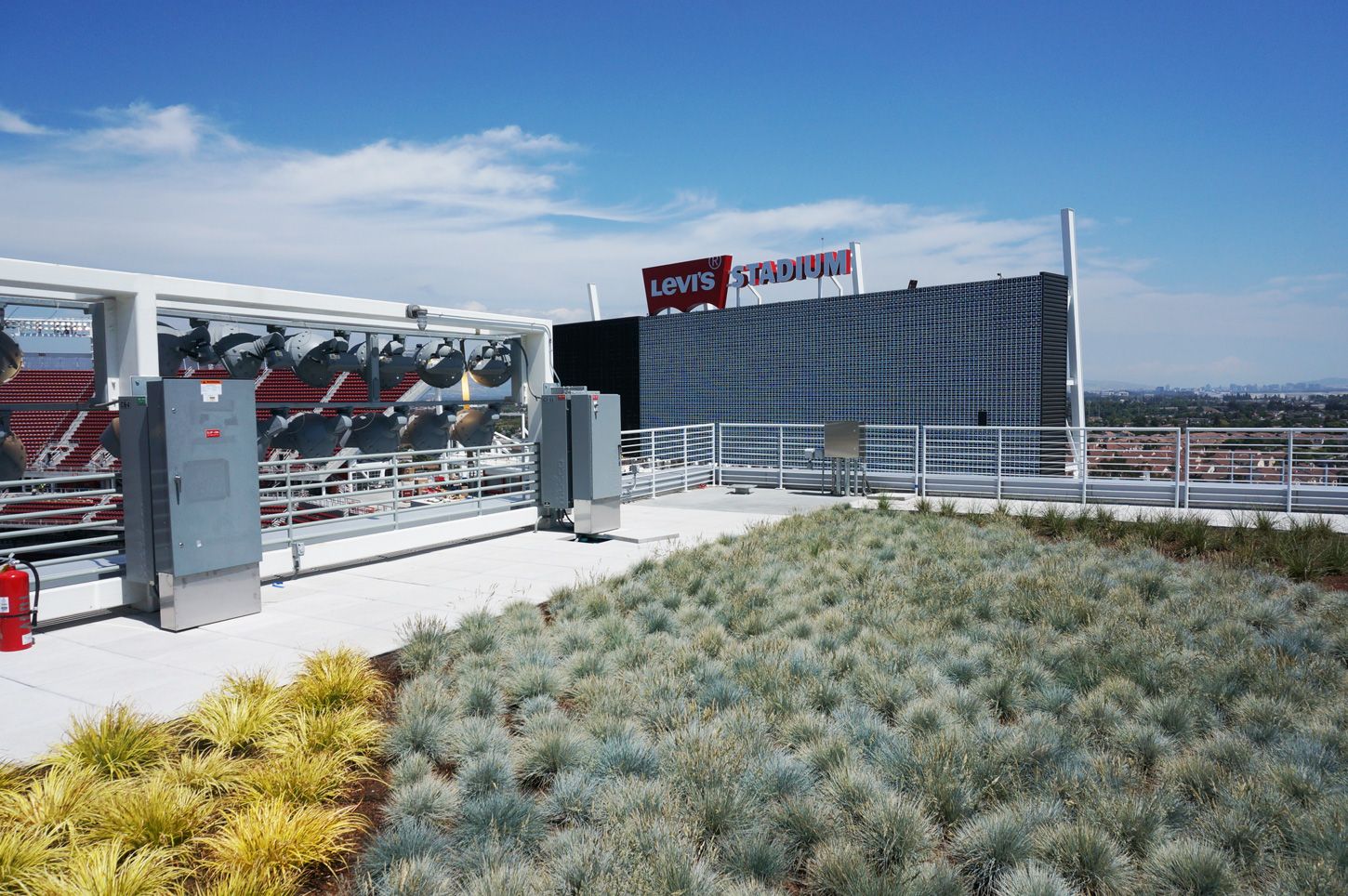After regionalizing stormwater systems in three northern Kentucky counties — forming a network of more than 400 km (250 mi) of storm sewers — Jeff Eger understands the difficulties of dealing with stormwater. In fact, during his 16-year tenure as executive director of Sanitary District 1 (SD1), Eger consolidated 30 city sanitary sewer entities, yet he considered stormwater management his biggest challenge.
Now, as the new executive director of the Water Environment Federation (WEF), Eger envisions WEF as the go-to resource for stormwater professionals. And one way of addressing stormwater needs, Eger believes, is by supporting green infrastructure.
“Although green infrastructure solutions are not universal, utilities need flexibility and site-specific remedies,” said Eger. For example, by diverting flow to a new collection system, SD1 was able to greatly reduce sanitary sewer overflows (SSOs) at one heavily used wastewater pump station. However, to reduce SSOs to zero, SD1 would need additional storage — a $20-million, underground, concrete tank.
The tank, however, would not improve water quality in the nearby stream, which was already bacterially impaired during dry weather. But, by constructing a wetland, SD1 was able to improve dry-weather water quality by 20 additional recreation days. Plus, the project cost only $1.2 million — half of which came from stimulus funds. While existing regulations did not accommodate the trade, regulators did allow SD1 to delay construction of the tank.





